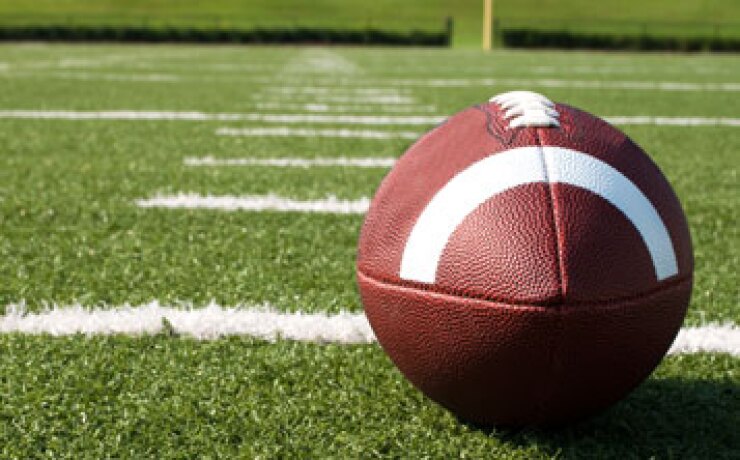On the football field, a good defense and a strong safety have particular meanings, but they could also be referring to the bundle of insurance products working behind the scenes to help the teams, and the players, mitigate their risks.
From protecting against injuries and future liabilities to ensuring blockbuster contracts don't blow up in everyone's faces, insurance policies are working hard to prevent financial fumbles.
When it comes to the players' personal health and safety, the league's collective bargaining agreement with the NFL Players Association sets most of the terms for who is shouldering what risk.
Like all employees, the first line of defense against
Because of the unique risks the league and players face, most worker's compensation insurers steer clear of the NFL, but at least for now, each team has been able to get covered under a league-wide carrier.
And though the carrier is common to all teams, worker's compensation is regulated at the state level. Most states have statutory limits on payouts, meaning the multiple millions of dollars at stake in case of an injury are tough to reconcile with those state regulations. In many cases the teams and leagues have found themselves in
Like worker's compensation, the collective bargaining agreement also mandates that each player is covered by a single league-wide group health insurance policy. This helps in case someone is traded — their insurance will move to the new city with them.
The same is not true for the coaches and team staff, who are covered by policies purchased by each team individually.
The league and the teams also carry liability and disability to help step in if there is a catastrophic on-field incident. These medical and disability policies protect against debilitating and career ending injuries. The gray area comes in when it comes to head injuries, though. Players in nearly every contact sport have filed thousands of lawsuits nationwide regarding chronic traumatic encephalopathy.
Players' advocates including medical professionals say head trauma is causing lasting damage — a claim many insurers are disputing in court. To date the league has already
How CTE claims play out in the long run stands to potentially change the NFL. If the league ends up being on the hook for future brain injury claims, it may not be able to get insurance coverage – potentially imperiling the future of the game. And new policies are likely to include a traumatic brain injury exclusion.
Beyond brain injury claims, insurers, players, and teams also must reckon with the financial implications of potentially career-ending injuries.
Even college players looking to go pro can buy disability coverage in case they suffer a career-ending injury or are downgraded in the draft after an injury and future teams are leery to take a risk on them.
Once they are in the professional leagues, the blockbuster contracts can be protected on either side as well.
On the player side, they can buy
On the team side, the teams can buy policies to protect them if the player gets injured but the player's specific contract had pricey guaranteed payouts they were still on the hook for.
These contract protection policies tend to be pricey, though, and only the superstars with huge earnings potentials and the teams with enormous stakes on the line tend to purchase them — and then only for their biggest stars.
Off the field, players can also purchase insurance policies against the loss of future endorsements – say if the athlete gets in hot water for off-field behavior.
They can also buy off-field disability policies that protect them in case they are injured in their private life, say in a motorcycle accident.
The athletic trainers and team doctors also carry professional liability policies akin to malpractice policies carried by private doctors.
And the team can buy insurance against risky contract provisions. Say, if a coach or a player has a particularly sweet incentive written into their contract – such as a seven-figure payday if they win a championship. In that case, contractual bonus coverage can protect the team's bottom line.
The future of NFL insurance does appear to center around those long-term disability claims — an area that digital tools just might help. In the case of head injuries, it is likely that in-helmet sensors are going to be used to help assess future risks, as well as protect the players in real time. Think of it as on-field usage-based policies.






